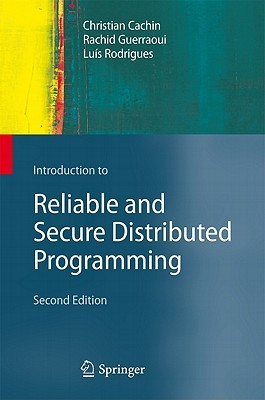Reflections on Reading “Introduction to Reliable and Secure Distributed Programming”
I’ve had Introduction to Reliable and Secure Distributed Programming sitting on my bookshelf for years, silently whispering, “Read me when you have time.” Of course, “later” always seemed like the right time. As software developers, we often prioritize practical, hands-on books that help solve immediate problems—topics like Kubernetes, Kafka or mastering another layer of C++ intricacies. But in hindsight, neglecting foundational theory is a mistake.
I began my journey with distributed systems over a decade ago. Back then, I wish someone had handed me this book and insisted I dive in immediately. It’s the kind of resource that can help set the foundation for anyone venturing into the complexities of distributed computing. Instead, I learned through trial, error, and practical exposure, which, while valuable, left gaps that only became apparent when I finally picked up this book.
The book doesn’t hold back—it dives deeply into the theoretical underpinnings of distributed systems. Despite my experience, I found several topics both fascinating and challenging. The discussions on randomized consensus with coin and hierarchical consensus stood out to me, offering insights that are as practical as they are thought-provoking. These are concepts that, while grounded in theory, can influence how we design systems in real-world applications.

